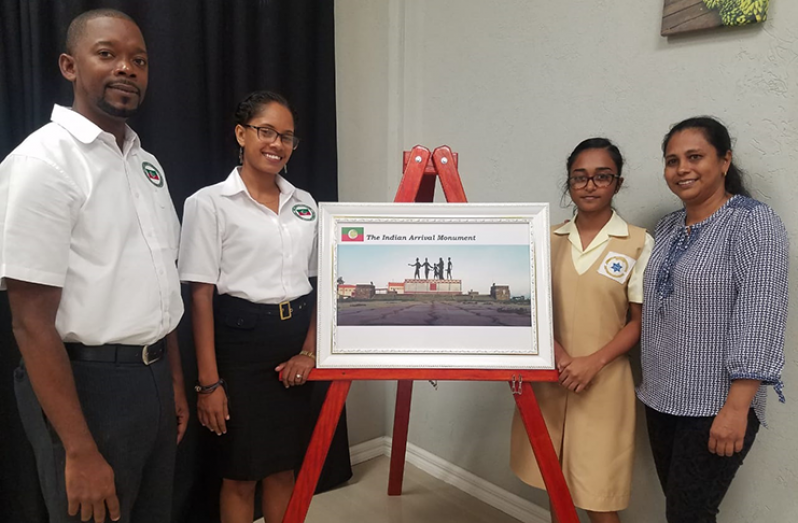DIRECTOR of the Department of Tourism (DoT), Donald Sinclair, has noted the importance of decentralised tourism industries, during a meeting, on Thursday, with tourism committees, from each of Guyana’s respective administrative regions.
The committees did presentations on their accomplishments for Tourism Awareness Month last month and shared some of their future plans.
At the forum, Sinclair also shared with the Regional Committees plans for 2020, where the department will be focusing on four key pillars under its “Regional Tourism Priorities 2020” plan, which will come under the headlines “Institutional Strengthening”, “Capacity Building”, “Product Strengthening” and “Market Links”.
“The creation of regional tourism committees is a huge momentum to tourism in Guyana. We had some that were started in 2018 but the momentum gained around April 2019. It is a catalyst to developing tourism from the bottom up, for decentralising the planning of tourism,” Sinclair noted.
Thursday’s event also saw the announcement of the winners of the competition for the cover design of the DoT inaugural annual “Hot Spot 2020: The Regional Travel Companion Magazine”, with East Berbice, Corentyne emerging the winner, and claiming the $100,000 first place prize.

The competition was extended to all of the regions and saw some nine entries. The $50,000 second place was won by the Upper Takutu- Upper Essequibo Region which submitted four entries. Third place, for $30,000, also went to another entry from the Upper Takutu- Upper Essequibo region
Tourism Month saw many of the regional tourism committees focusing their activities around bringing about awareness to tourism potential within the respective regions.
The Upper Berbice, Corentyne; Cuyuni-Mazaruni, and Upper Demerara-Upper Berbice regions held a number of school competitions, to highlight the industry to students.
The Upper Berbice, Corentyne Regional Tourism Committee, held photography competitions in two categories: secondary school students and professional photographers. The secondary school competition was won by 16-year-old, Priya Melaram of New Amsterdam Multilateral. The region carried out visits at all of the region’s 17 secondary schools to get the students excited about the competition, and also did television and radio programmes on the native stations.
The competitions required entrants to send pictures taken of a place of tourism interest in the region. Melaram submitted a picture of the Indian Monument at Palmyra.
In the Pomeroon-Supenaam region, the tourism committee is currently actively working to revive interests in the culture of masquerade, while in Essequibo Islands West Demerara, the Tourism Development Association is currently working on a 2020 Tourism Calendar of activities. These include focusing on the development of its beaches and pushing for the development of the Vreed-en-Hoop Stelling into an appealing waterfront, much like the one located in Pomeroon-Supenaam.
In The Barima-Waini region, where tourism is a new industry, there are separate tourism committees in Mabaruma and Port Kaituma, where they are focusing on identifying areas with high tourism potential and developing them.
In Mabaruma, two areas that have been identified, namely ‘Tiger Cave’ and ‘Kamwatta falls’, activities related to clearing the areas of bushes commenced last month.
A tourism forum is planned for December 18 while the launch of the Mabaruma Tourism Working Group is set for December 20. President of the Tourism and Hospitality Association of Guyana (THAG), Mitra Ramkumar, also highlighted the push for tourism across the regions when he delivered remarks at the event.
“We see tourism as the new frontier industry for Guyana. It will bring lasting benefits long after the oil has subsided,” Mitra commented.
Guyana Tourism Authority Director, Brian Mullis, noted the vast improvements that Guyana has made over the past year, highlighting leading global travel and lifestyle magazine, Condé Nast has listed Guyana as one of the 20 most exciting places to visit in 2020.
“The key to unlocking the potential is collaboration. Tourism committees and groups working together are the ones making the magic happen. You all are helping to facilitate that very thing,” Mullis conveyed.



.jpg)









